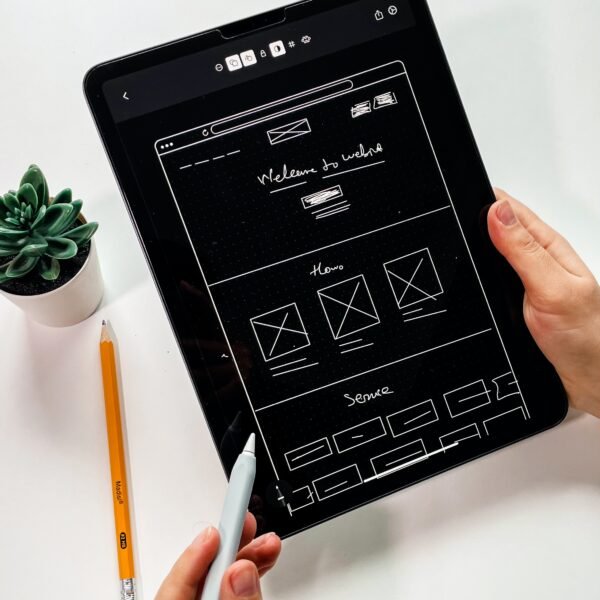01
Responsive Design
The UI should be responsive and adapt to different screen sizes and devices. This ensures that the user experience remains consistent and accessible, whether users are accessing the application from a desktop, laptop, tablet, or mobile device.
02
Consistent Visual Design
Consistency in visual design elements, such as color schemes, typography, iconography, and spacing, helps create a cohesive and polished UI. Consistency enhances user familiarity, reduces cognitive load, and improves overall usability.
03
Intuitive Navigation
The navigation should be clear, logical, and easy to use. Users should be able to find what they need quickly and easily, with well-organized menus, intuitive icons, breadcrumbs, and search functionalities. Consistent navigation across pages promotes a seamless user experience.
04
Clear Hierarchy and Information Architecture
The UI should employ a clear hierarchy, emphasizing important information and content. Effective information architecture ensures that content is organized logically, with clear headings, sections, and visual cues to guide users through the interface.

